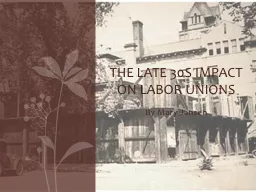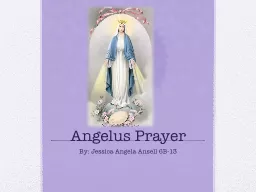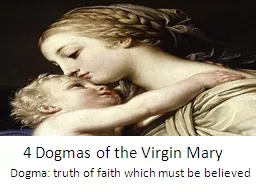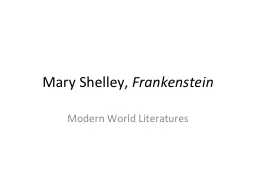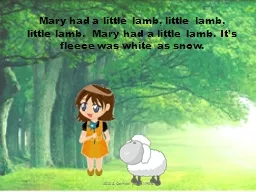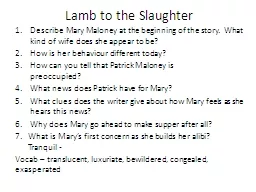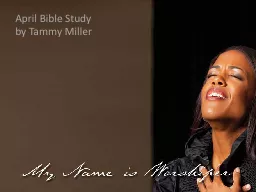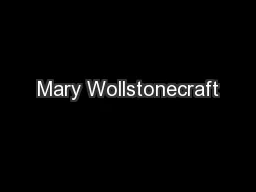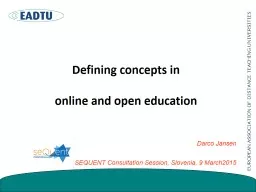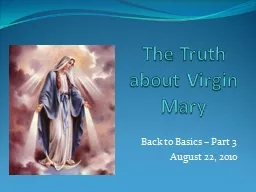PPT-By Mary Jansen
Author : natalia-silvester | Published Date : 2016-12-05
The Late 30s Impact on Labor Unions What Are Labor Unions Labor Unions an organization of workers formed to protect the rights and interests of its membersan
Presentation Embed Code
Download Presentation
Download Presentation The PPT/PDF document "By Mary Jansen" is the property of its rightful owner. Permission is granted to download and print the materials on this website for personal, non-commercial use only, and to display it on your personal computer provided you do not modify the materials and that you retain all copyright notices contained in the materials. By downloading content from our website, you accept the terms of this agreement.
By Mary Jansen: Transcript
Download Rules Of Document
"By Mary Jansen"The content belongs to its owner. You may download and print it for personal use, without modification, and keep all copyright notices. By downloading, you agree to these terms.
Related Documents

